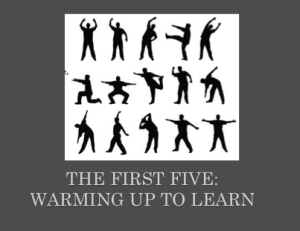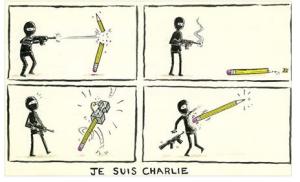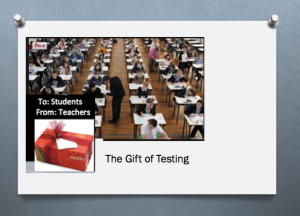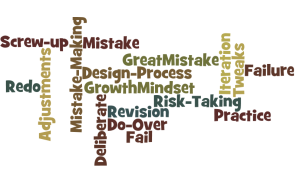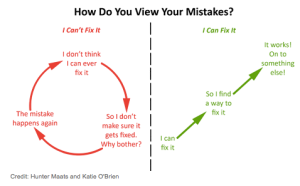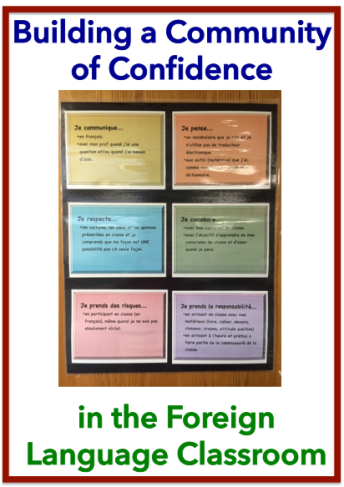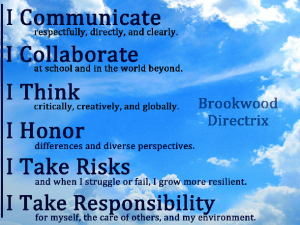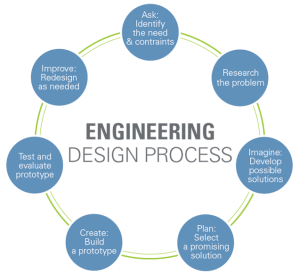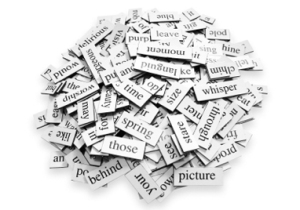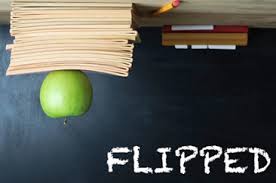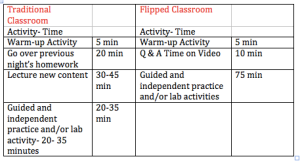My childhood soccer coach began practice with highly aerobic games of competition. After 10-15 minutes we were flushed and focused, the distractions from the day a distant memory. Similarly, students also benefit from a stimulating warm-up. Such an exercise helps students to understand the direction of the class, jump-starts a discussion, and revs students’ brains for critical thinking.
I recently noticed an article on Edutopia offering a number of warm-up and cool-down exercises. Here are a few more game-starters.
Warm-Ups
Forced Decision: You may want to introduce a topic by having students consider their own feelings and attitudes towards an issue first. In this activity, students stand up and then move around the room. You designates three parts of the room as the following positions: agree disagree, and undecided. You read 4-5 statements tied to the lesson (one at a time) and then students stand in these locations.
Here are some examples of questions:
- The needs of larger society are more important than the needs of the individual.
- Climate change is entirely a man made condition
- Overall, boys tend to be stronger math students than girls.
- You are either good at learning a foreign language or not.
After students move to their positions, you ask everyone to explain why they are standing in the part of the room they are standing. Students may show agreement with others’ statements w/ a signal ie.. jazz hands. Students may move based on students’ comments to other parts of the room.
Provocative Question or Image: You could ask students a charged question and ask them to respond or show them an image and ask students “What do you See?” The answers given should lead directly to the topic of the day. For example, when teaching Roman mythology I showed students a picture of Breughel’s Icarus. Students discuss the painting and share their thoughts about the artists’ message. I tell them the name of the painting and then they read the story. They then compare the message of the story with the reinvention of the picture. They then create their own artistic interpretation.
Political Cartoon: You could show students a political cartoon and ask them for an interpretation. This may directly raise questions about a topic such as free speech, a literary figure such as symbolism, or a form of satire itself.
Do-Now: You might have students respond to a question on the board that refers to the day’s previous lesson to see what students remember. They could share their responses with a partner before sharing with the group. By walking around during the sharing, you would be able to measure student understanding.
Sharing: You could read a poem, play a song, or show a short You-tube clip tied to the lesson. Then have students at the end of the lesson comment on why the piece is appropriate. Students might suggest other appropriate pieces.For example, when teaching A Streetcar Called Desire, I play the song Paper Moon, showing students the lyrics. After a class discussing the scene, I then ask students to pick another song that might convey a message about the same scene. They share why they chose the song and how the meaning of the same scene would change our impressions of the protagonist, Blanche.
Whiparound- Have students just read one powerful sentence from the chapter you are reading without comment, one after the other without pause. It is fine if students pick the same sentence as another student. At the end, have students make general comments about the choices as a whole. What was striking about those lines? This will help you as the teacher to see what students are interested in talking about. Also, it helps students to get back into a text by getting a feel of the writing again. Even students that have not done the reading (if it was a homework assignment) can participate in the following discussion.
Stay tuned for next week’s posting on the importance of a cool-down and some engaging ways to wrap-up a class.

